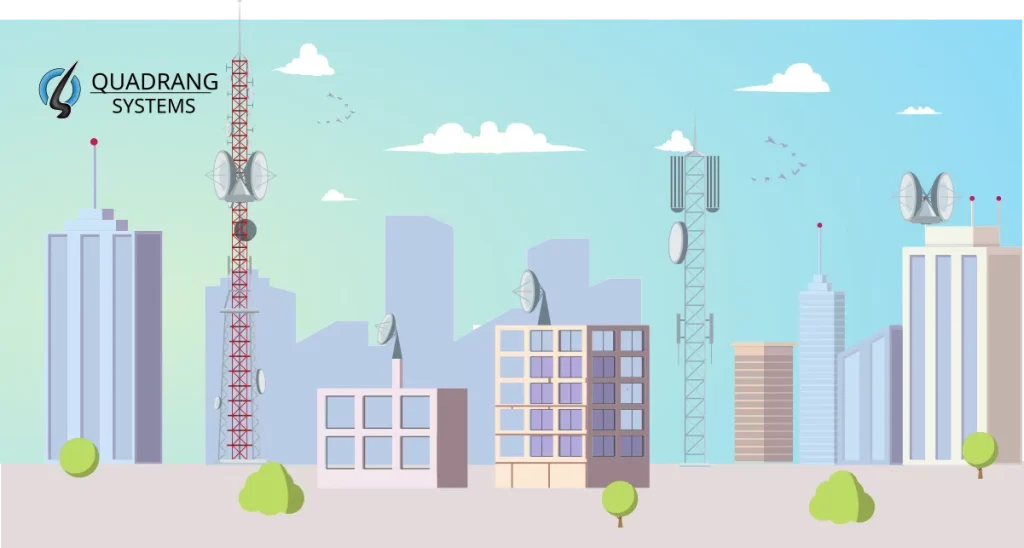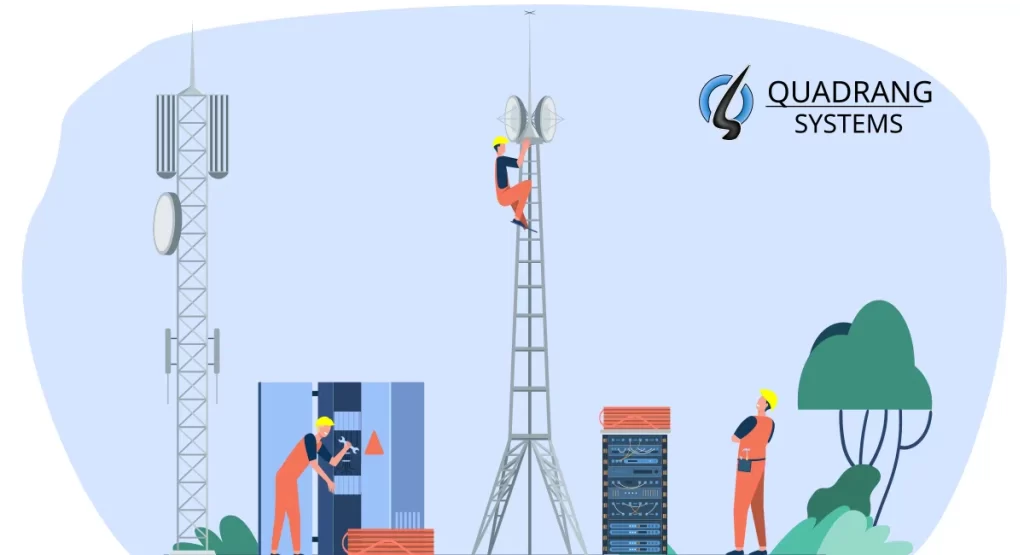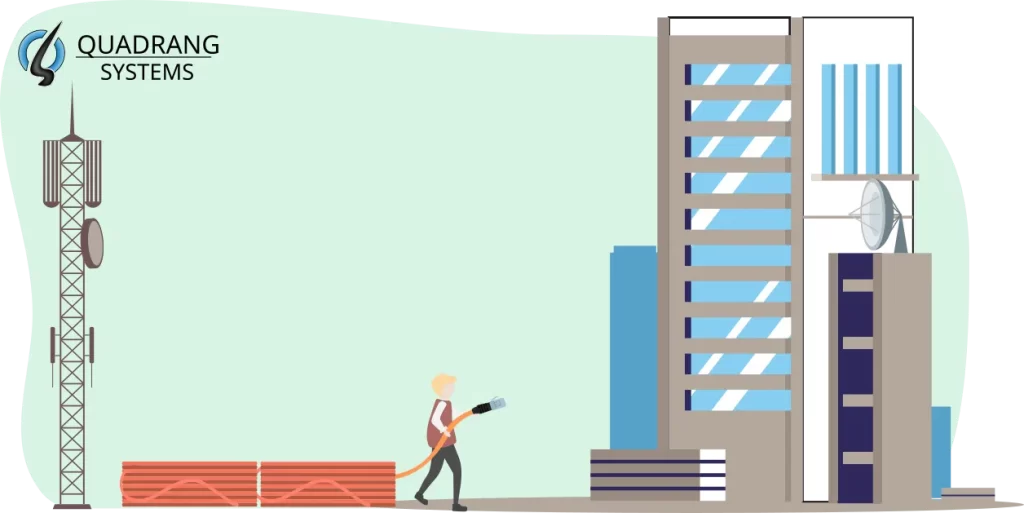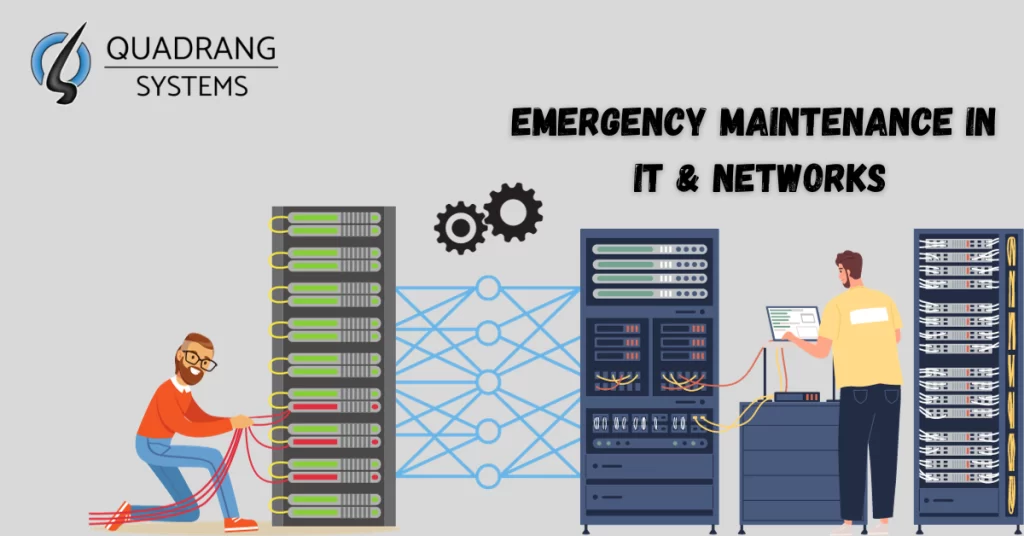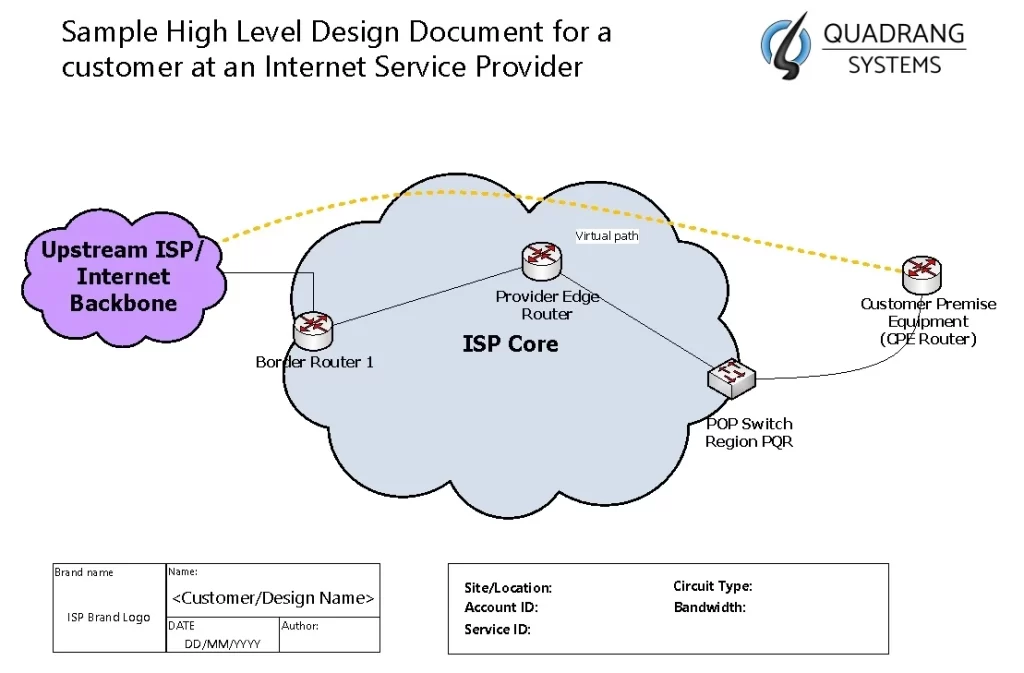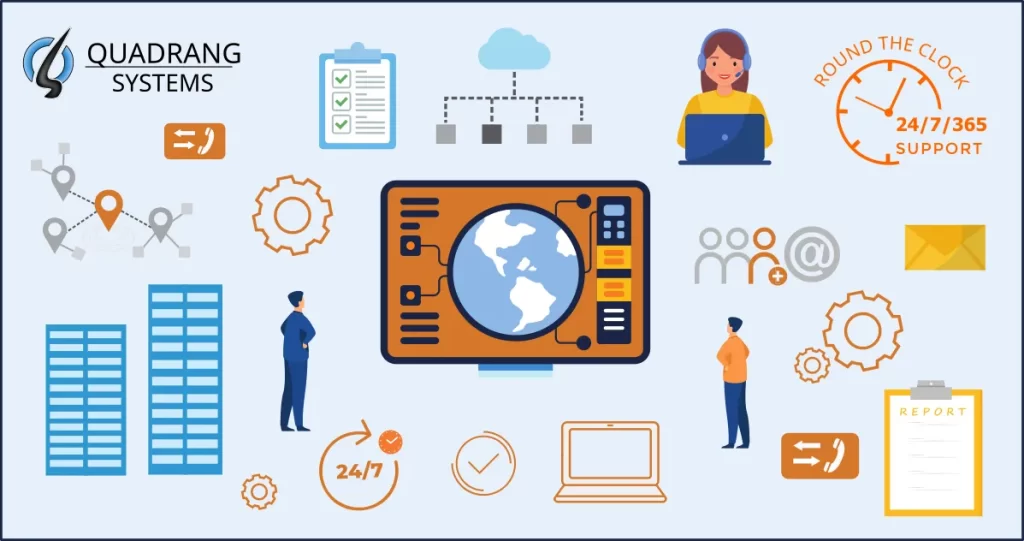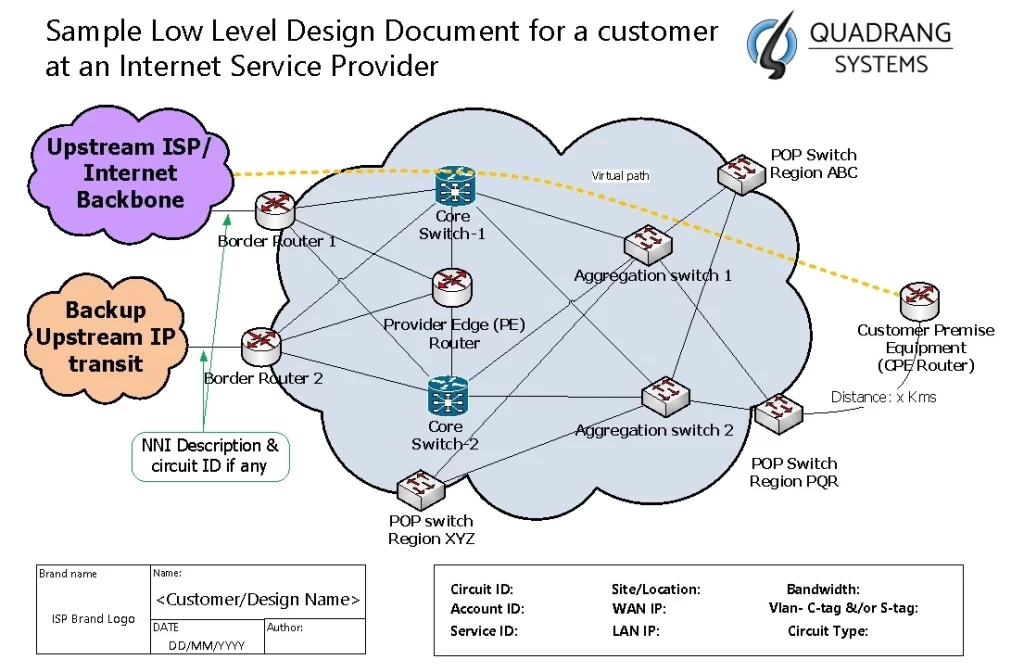Bridging Connectivity Beyond Boundaries: The Promise of Fixed Wireless Access
As traditional wired internet struggles to reach many areas, an innovative technology offers a ray of hope – Fixed Wireless Access (FWA). By harnessing the power of radio frequencies instead of cables and wires, FWA has the potential to overcome geographic and infrastructure limitations to deliver broadband connectivity. This comprehensive guide unravels the basics, applications, benefits, and future trends of FWA as an agile connectivity solution.
Understanding Fixed Wireless Access
An alternative to cabled broadband, Fixed Wireless Access utilizes wireless network technology to provide high-speed internet connectivity. FWA systems employ radio links to connect subscribers to the core network without laying underground wires or fiber optic cables. The main components include base stations mounted on towers/building rooftops and fixed receivers installed at customer locations. Data gets transmitted via airwaves between the two sides.
How does FWA Technology Works
FWA can be visualized as a wireless bridge between the network antenna mast and the client router inside a home or office. The base station antenna sends and receives radio signals to/from the subscriber hardware using licensed or unlicensed frequency bands. These radio links enable fast internet connectivity devoid of physical infrastructure hassles. FWA networks leverage point-to-point or point-to-multipoint topologies tailored to user densities.
Let’s explore some unique advantages that set FWA technology apart as an agile connectivity medium and drive its adoption:
The Allure of Fixed Wireless Access
Rapid Deployment
Wireless links facilitate quick installation, unlike cabled options involving excavations. FWA can be set up in days without massive infrastructure, benefiting unserved communities.
Inherent Scalability
FWA systems allow easy expansion of network capacity and coverage by adding subscriber hardware or Base stations without upgrades. The architecture supports bandwidth needs without disruption.
Consistent Connectivity
With fewer physical points of failures than wired internet, FWA minimizes downtime risks from cable cuts, etc. Advanced FWA platforms implement resilience to maintain continuity.
Cost-efficiency
While the initial outlay on equipment is substantial, lower overheads for civil works, operations and maintenance make FWA economical in many situations.
Versatile Use Cases
The unique traits of Fixed Wireless Access lend themselves to varied usage scenarios where conventional connectivity falls short:
- Rural Broadband Access Extend high-speed internet to remote areas without fiber or cable networks through FWA.
- Backup Connectivity FWA provides an alternative path to mitigate wired link failures for resilient operations.
- Temporary Site Connectivity Swiftly set up short-term connectivity for events, construction sites via rapidly deployable FWA.
- Bridge Urban-Rural Divide Expand digital opportunities for rural citizens by beaming connectivity from cities.
FWA vs Wired Internet Connectivity
While wired internet relies on physical medium like fiber, coaxial or ethernet cabling, FWA leverages over-the-air radio waves. This fundamental difference gives FWA an edge in certain aspects:
- Deployment Speed FWA links can be installed swiftly without civil engineering, gaining weeks over cabled internet.
- Scalability FWA allows easy capacity expansions through hardware upgrades vs digging up roads for more cables/fibers.
- Reach FWA can extend connectivity farther than wired infrastructure into remote terrain.
- Reliability With fewer physical failure points, FWA achieves higher service availability in some environments.
The Technology Powering FWA
Fixed Wireless Broadband builds on mature radio technologies refined over decades for reliability and performance. Let’s look under the hood!
Spectrum Bands
FWA platforms utilize licensed spectrum purchased from authorities, or unlicensed frequencies -typically in sub-6GHz bands for better propagation. Licensed bands like 24/28/37 GHz mmWave offer enhanced capacities.
Topology
Networks employ Point-to-Point links connecting stations to a central hub, or Point-to-Multipoint architecture with sectoral antennas serving many customer sites. The point to point have a narrow far reaching range and the point to multipoint have a wider, but shorter range to cater multiple customer sites
Hardware Components
Industrial-grade Outdoor Wireless Access Points installed on towers provide baseline infrastructure connected to cores via backhaul. Subscriber Modules at client sites transmit data to Access Points.
Resilience Features
With advanced technologies like MIMO, beamforming, automatic frequency selection and modulation, FWA platforms stay resilient to environmental factors.
FWA Industry Growth Trends
Positive tailwinds propel FWA industry’s growth trajectory upwards as per projections:
- Government rural connectivity initiatives and digital inclusion policies driving investments
- Increasing FWA adoption for enterprise and industrial connectivity needs
- Rising deployments by telcos, WISPs focused on bridging digital divide.
- Almost 178 million estimated FWA subscribers globally by 2027.
FWA platforms are also envisioned to play an integral role in expanding future 5G/6G networks through wireless backhauling and direct access.
Challenges and Limitations
While Fixed Wireless Access shows immense promise, few limitations exist:
Line-of-Sight Constraints:
Obstructed line-of-sight between transmitter/receiver can weaken signals. However, advanced FWA platforms implement techniques to counter reflections/scattering.
Spectrum Availability:
Licensed frequency acquisition for carriers can get constrained by regulatory barriers in certain countries. However, bands above 95GHz offer new frontiers.
Weather Vulnerabilities:
Heavy precipitation or extreme weather events pose propagation challenges. Providers mitigate this through network resilience features. Customers do understand this phenomena and adapt to it
Despite these factors, FWA systems deliver reliable connectivity in most deployment scenarios.
Is FWA Right for Your Enterprise?
Key aspects to evaluate before embracing FWA:
- Internet reliability needs of your operations
- Bandwidth and scalability expectations from connectivity
- Geographic terrain challenges
- Financial parameters like cost of ownership
For enterprises in areas with tricky wired connectivity situation, FWA may provide the uptime and user experience demanded by modern cloud-based business applications.
Partnering with established FWA players that offer responsive support and latest tech also ensures a future-proof solution. Managed Service Providers ours help ISPs manage their FWA network as well as help Enterprises make a good choice of ISP in their area and plan their network infrastructure
The Takeaway: Harnessing FWA’s Prowess:
Fixed Wireless Access transcends existing boundaries of connectivity infrastructure, bringing inclusive broadband access closer to reality. Its wireless agility unshackles organizations and communities alike through tenets of speed, scale and simplicity. Wholly taking advantage of FWA’s capabilities can steer the world to cabled connectivity’s limits.
As cutting-edge platforms unlock greater capacities and widespread adoption, the possibilities appear supercharged for FWA trailblazing 5G proliferation too. By turned limitations into gateways of opportunity, this technology epitomizes broadband’s next leap.
FAQs
Here are some common queries surrounding FWA technology:
How does FWA differ from a MiFi router or phone tethering?
While MiFi devices also provide wireless internet using cellular signals, they mostly serve individual mobility needs. FWA employs purpose-built wireless transmission designed for fixed location coverage with larger network capacity.
Can FWA deliver fiber-like speeds?
FWA throughput continues to improve with spectral efficiency techniques, higher frequency bands allowing 100Mbps+ speeds over radio waves matching fiber. Emerging platforms even claim up to 2 Gbps capacities.
Does bad weather affect FWA connectivity?
While harsh weather events do hamper radio wave propagation, modern FWA systems implement intelligent safeguards like adaptive modulation, channel shifting and beamforming to maintain availability despite factors like heavy rainfall.
Can FWA work over long distances?
By utilizing advanced wireless transmission technologies, next-gen FWA can maintain reliable connectivity over distances of 10 miles or beyond between base station and subscriber hardware provided line-of-sight visibility exists.
Is FWA susceptible to interference or signal issues?
FWA network are designed considering ambient signal challenges. But just like Wi-Fi, factors like source proximity, incorrect antenna alignments can affect performance. However, weather-related impacts are more significant to tackle.


